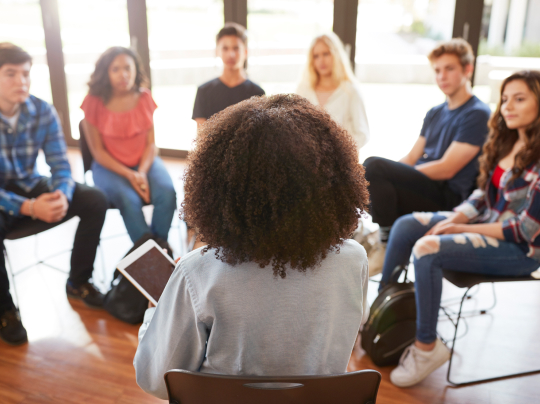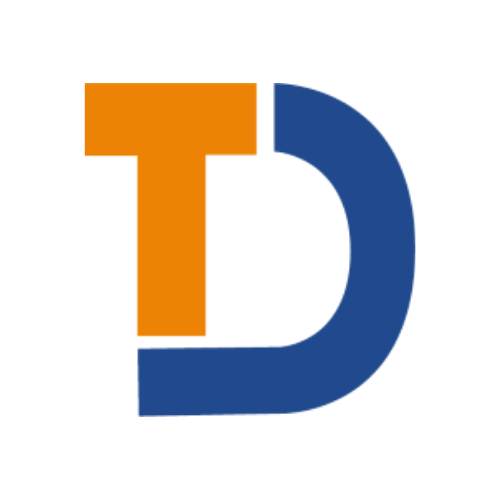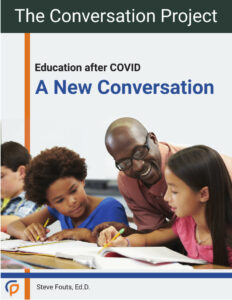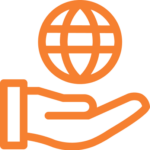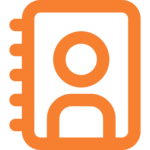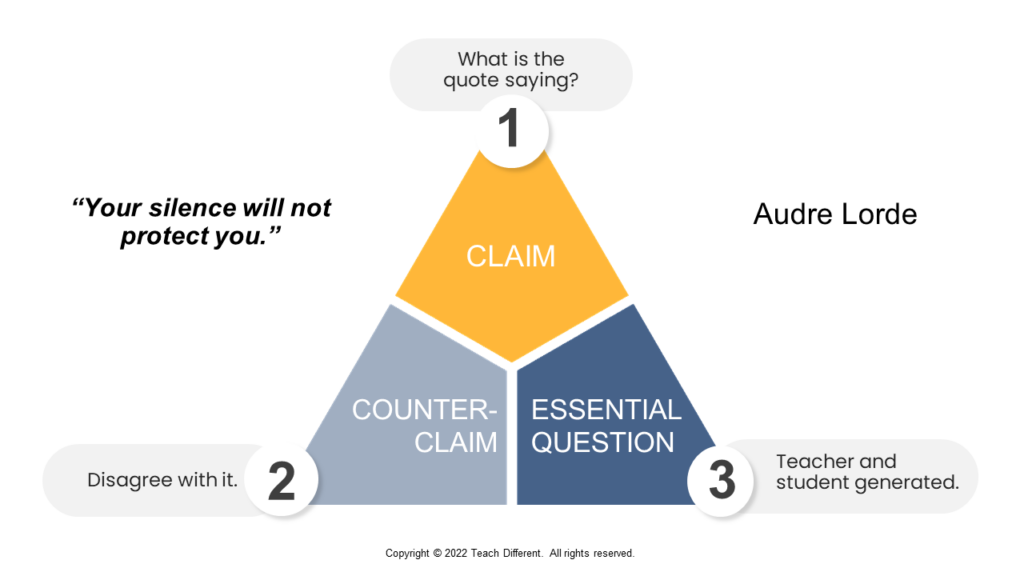Did you know?
- A student talking for just 1.7 minutes longer in a class increases test scores by an average of 13.7 percentage points
- Student discussion is more effective than 94% of other educational influencers on student achievement (Hattie, 2018)
- Student discourse increases analytical thinking and high-level comprehension (Murphy et al., 2018)
- Classroom dialogue supports inter-disciplinary learning and curriculum mastery (Howe et al, 2019)
